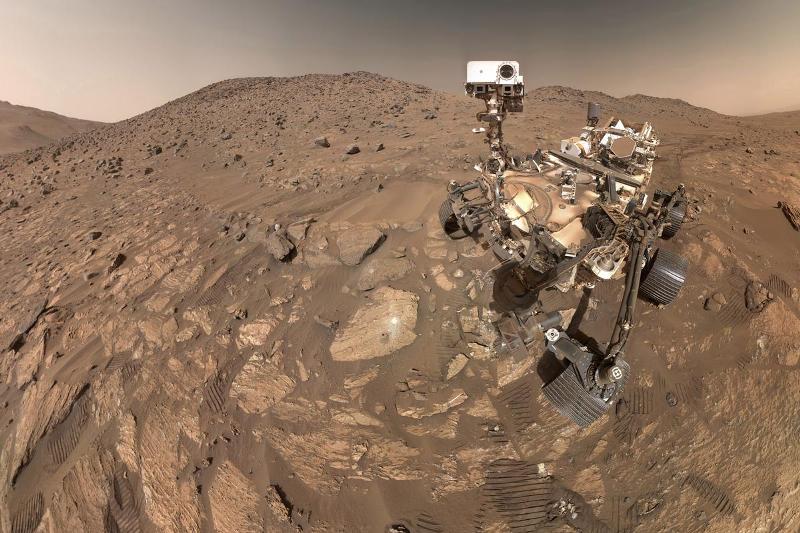NASA’s Perseverance rover is setting its sights on a new mission to unravel Mars’ ancient mysteries.
The rover has embarked on a challenging new mission on Mars, beginning its ascent to the rim of Jezero Crater after spending 3.5 years exploring its floor.
The six-wheeled Perseverance rover, which has been diligently exploring Mars since 2021, began its ascent on Tuesday.
Its target is to reach the summit of a 1,000-foot (305-metre) crater, which once was submerged under water.
The climb promises to be demanding, with rocky terrain and steep slopes of up to 23 degrees. This ambitious goal reflects the rover’s resilience and its ongoing quest to unlock the secrets of Mars.
During its exploration of the crater’s floor, the rover has collected 22 rock core samples that could offer significant insights into Mars’ climate history and potential signs of past life.
NASA is currently devising plans to bring these samples back to Earth for further analysis.
Steven Lee of NASA’s Jet Propulsion Laboratory in California noted that the bedrock at the crater’s rim could offer insights into the formation of rocky planets like Mars and Earth.
“Perseverance has demonstrated remarkable resilience,” Lee observed, noting the rover’s impressive endurance as it has traversed approximately 29 kilometers throughout its mission, according to a report by the Associated Press.
ALSO READ: NASA on alert as 2 massive asteroids to pass Earth at terrifying speed soon
The rock formations at the top of Jezero Crater may be remnants of ancient hydrothermal vents. These vents, where heated water and minerals once surfaced, are thought to be similar to environments on Earth, such as those in Yellowstone National Park, which are considered possible cradles of life.
The data gathered from these formations could provide valuable clues about Mars’ geological past and its potential for harbouring life.















